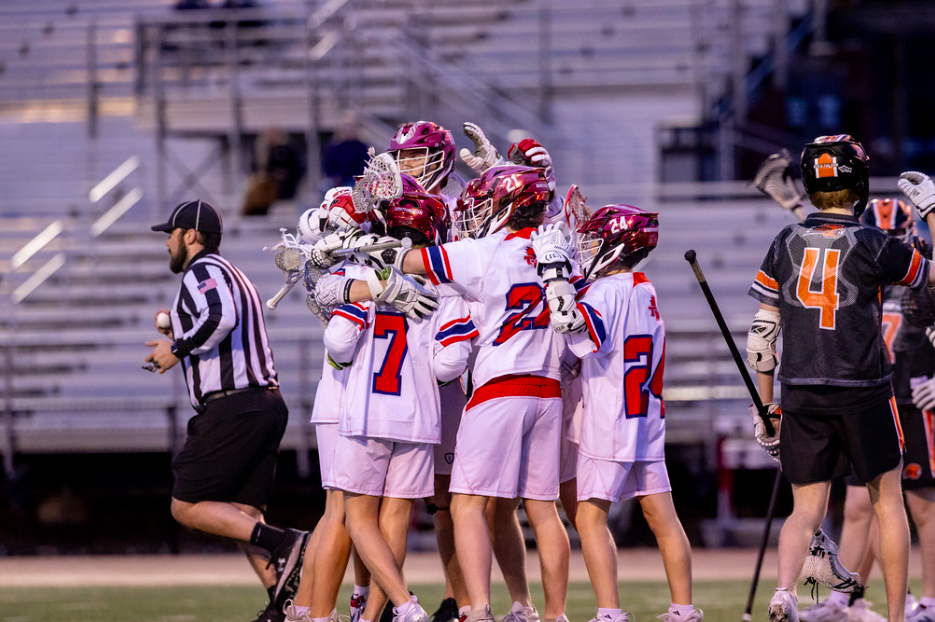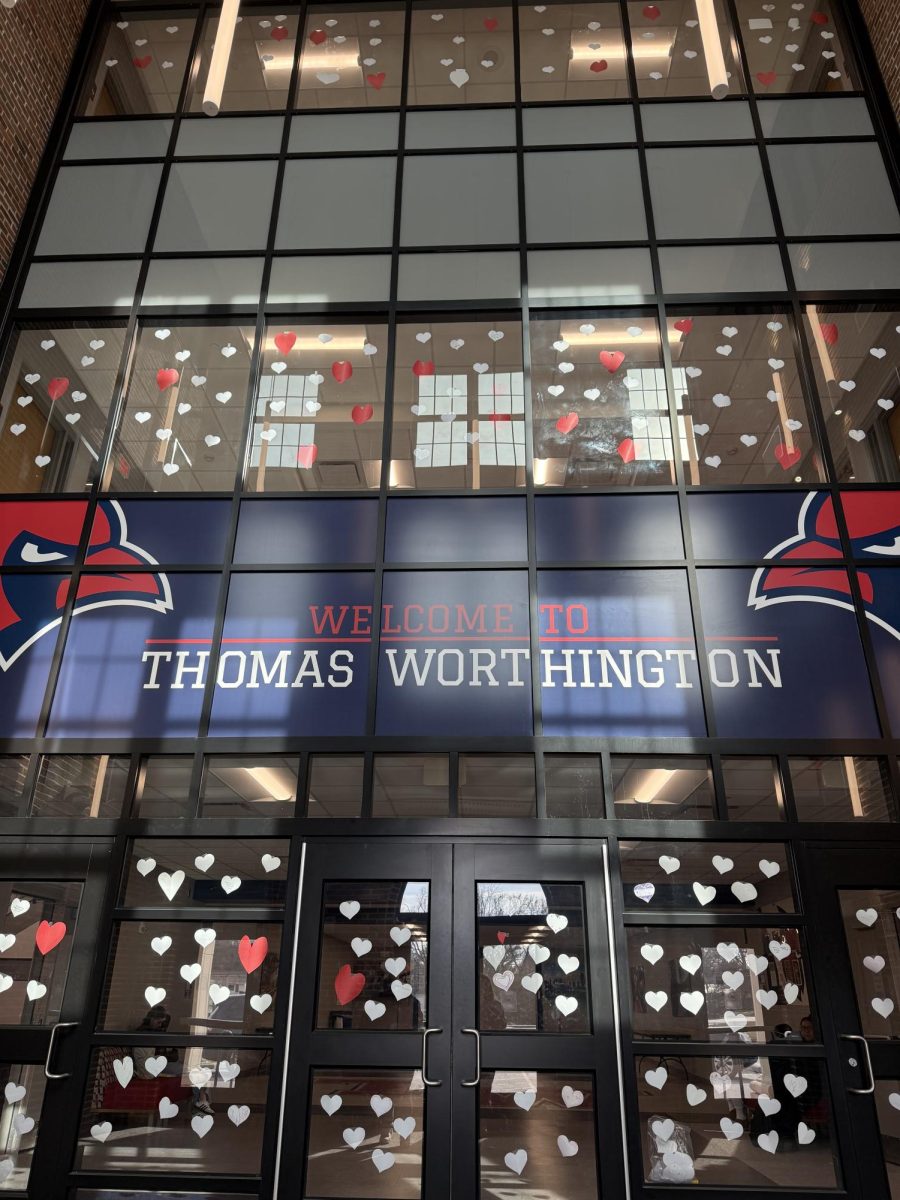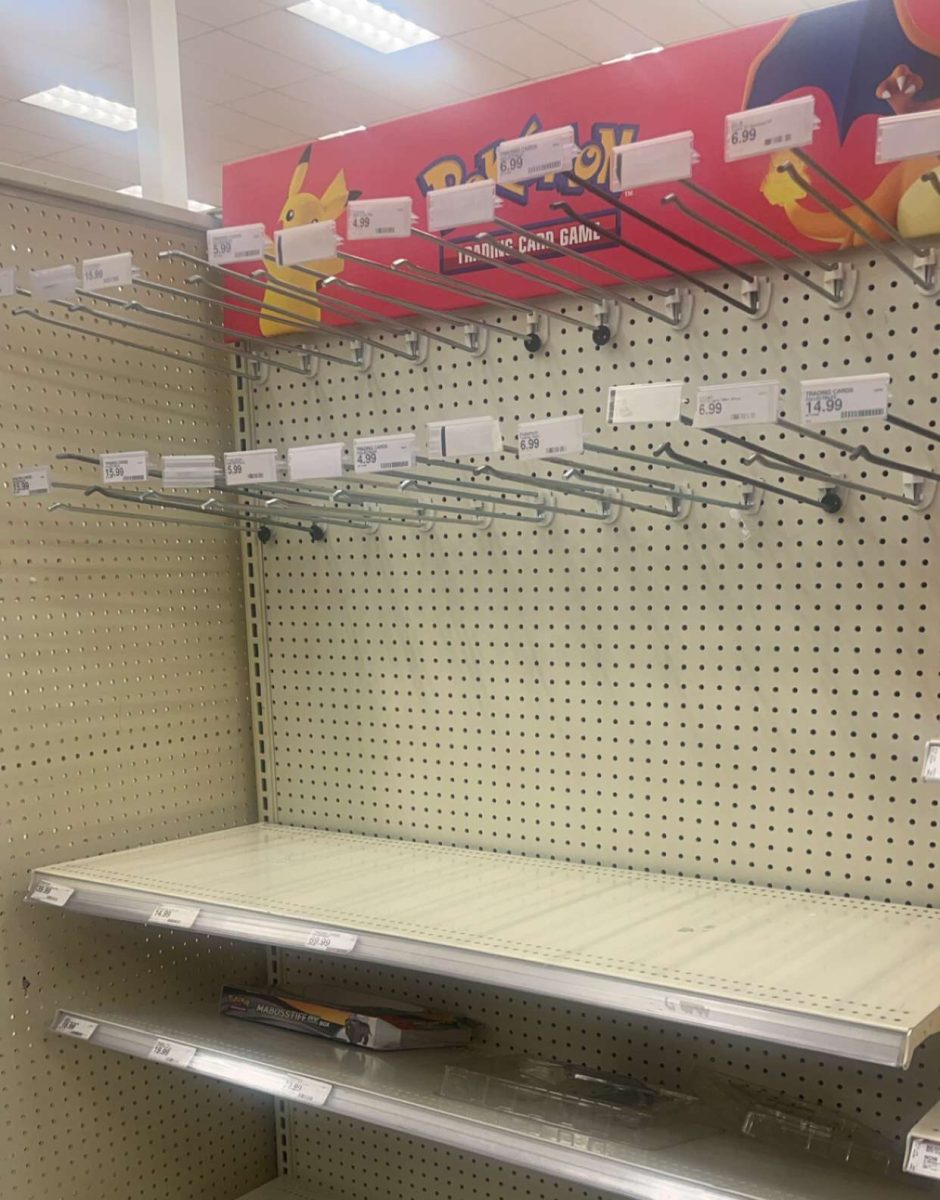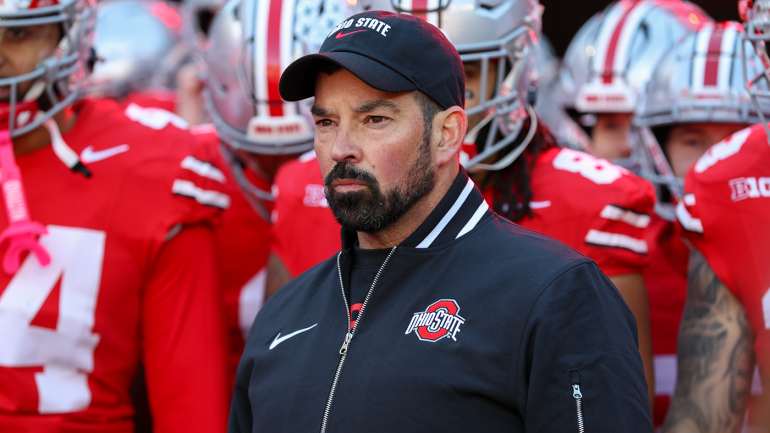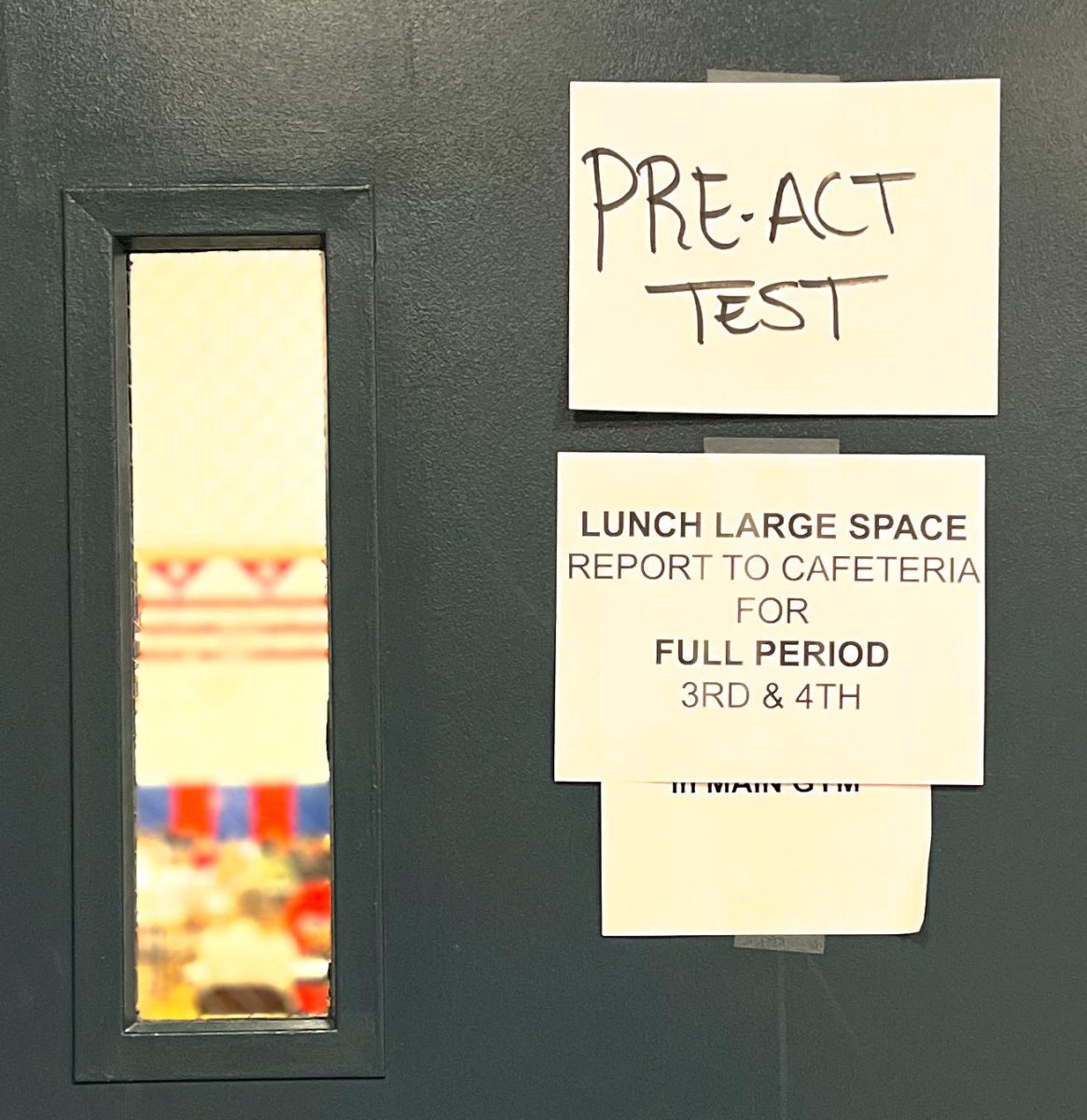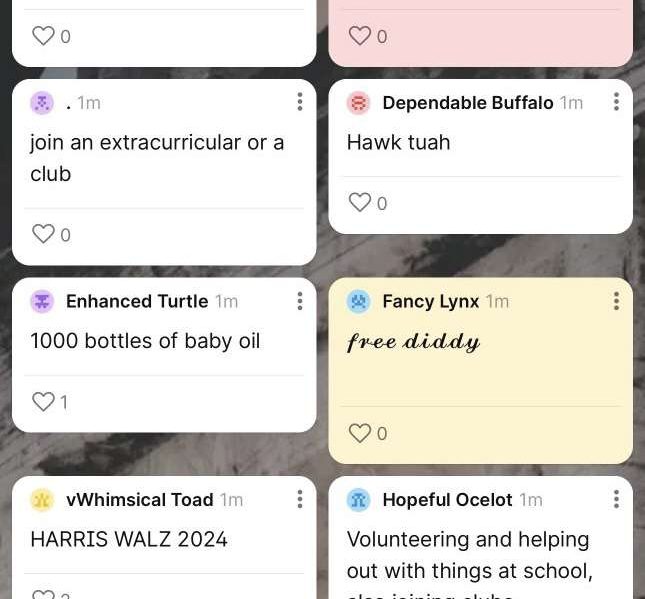The End of Universal Free Lunch: Who is left behind?
May 17, 2023
As part of the special programs that were implemented as part of the pandemic-era CARES Act, schools began to offer free lunches for many students, even at home. Further funding from the government allowed schools the opportunity to extend these free lunches to all students during the 2021-2022 school year, with many students using this opportunity to eat at school every day. When the funding stopped in the 2022-2023 year, schools began to charge for lunches again.
“If you have to be at school, and you have to eat, then it should be free,” Jack Matthews, a senior at Thomas Worthington, said.
The USDA did not renew funding for their pandemic-era universal free lunch program, a change which has impacted millions of families across the United States this year.
“I know some people who would really benefit greatly from free lunches,” Sam Patchen, another senior at Thomas Worthington said.
The program cost the U.S. government 28.7 billion dollars, but many people agree the money was well spent; feeding children healthy meals is an important mission for many.
On top of this, some students have also noted a decrease in quality from the previous school year, making sure not to blame the cooks.
“Maybe some food is good, but what they receive in the mail to use is not really good. I’ve seen what comes in the boxes,” Matthews said. Thomas Worthington receives mass packages with assorted pre-cooked food to provide to students. Some students say if they’re going into significant debt to buy food, it should at least taste good.
Lunch debt is a serious problem for low-income students, and it leads to many other issues. 25% of students at Thomas Worthington receive free or reduced lunches, which is significantly below the state average of 45%. The school’s protocol for eligibility for reduced/free lunches is based on the income of parents, as well as tax returns. All the students have to turn in a form online or on paper and our financial director submits it to the WEC. The online form comes in various languages for students that don’t speak English so it’s easily accessible for everyone.
“The process is not long at all, I did it and it came back fairly quick,” Megan Roberts, the TWHS financial secretary said.
Low-income families also get financial assistance regarding school sports, classes, and other things. However, if students cannot pay off their fees by the end of their graduation year, there will be consequences “Seniors will not receive their diploma if they don’t pay their fees”, claims Roberts. The student will still be able to attend the graduation ceremony but they will not receive the diploma.
There isn’t a set number of students who are eligible.
“All they have to do is apply and meet the criteria,” said Roberts. However, sometimes students fear the social stigma of applying for free lunch. Despite this fear, the benefits are worth it.
“They should never be embarrassed because they’re getting a meal and are able to eat”, Roberts added.
Many schools across Ohio have students who need free or reduced lunches to get by. However, all students greatly benefit from the practice of providing universal free lunches. If you feel like you could use the help, do not hesitate to apply next year.



